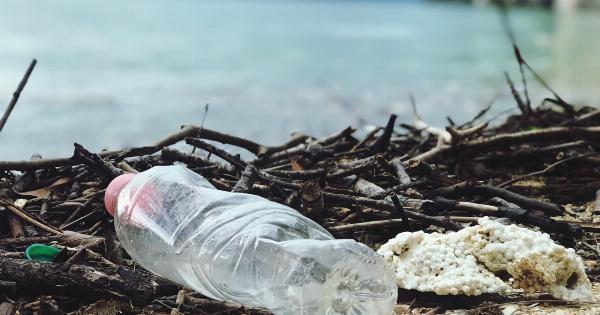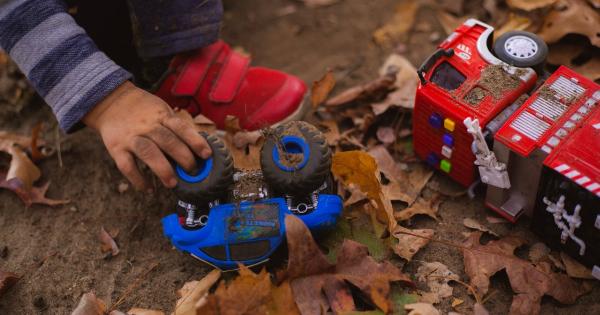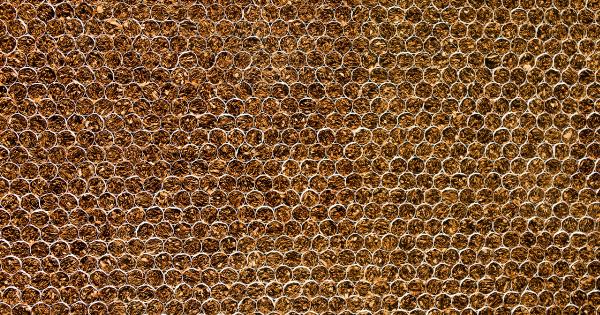Toxic Substances Found in Everyday Products That Endanger Children
In today’s modern world, we are surrounded by a plethora of everyday products that make our lives easier and more convenient.
However, hidden beneath their appealing packaging and enticing promises, there are toxic substances that pose a significant risk, particularly to children. This article explores some common toxic substances found in everyday products that can endanger the health and well-being of our little ones.
1. Lead
Lead is recognized as a potent neurotoxin that can have severe developmental consequences in children. It can be found in old paint, certain toys, jewelry, and imported ceramics.
Even minimal exposure to lead can result in learning disabilities, developmental delays, and behavioral issues.
2. Phthalates
Phthalates are additives used to increase the flexibility and durability of plastics, making them commonly found in toys, shower curtains, vinyl flooring, and even personal care products.
Research has linked exposure to phthalates with asthma, attention deficit hyperactivity disorder (ADHD), and reproductive problems in children.
3. Formaldehyde
Formaldehyde is a colorless gas with a strong odor that is used as a preservative in various products such as furniture, mattresses, and clothing.
Prolonged exposure to formaldehyde can cause respiratory issues, skin irritations, and allergic reactions, especially in children with sensitivities.
4. Flame Retardants
Flame retardants can be found in a wide range of products, including furniture, mattresses, electronics, and children’s sleepwear. These chemicals have been associated with developmental delays, hormone disruption, and even cancer.
Children are particularly vulnerable as they spend more time on the floor and put their hands in their mouths frequently.
5. Mercury
Mercury, a heavy metal, can be present in certain fish varieties, such as tuna, swordfish, and shark. It can also be found in energy-efficient light bulbs and thermometers.
High levels of mercury exposure in children can lead to neurological issues, including cognitive impairments and delays in motor skills development.
6. Pesticides
Pesticides are chemicals used to control insects, weeds, and other pests. They can be found in conventionally grown produce, as well as in bug sprays and insect repellents.
Exposure to pesticides has been associated with a range of health problems in children, including developmental delays, neurobehavioral issues, and even certain types of cancer.
7. BPA (Bisphenol A)
BPA is a chemical commonly used in the production of plastics, such as water bottles, food containers, and baby bottles. Studies have linked BPA exposure to hormonal disruptions, early puberty in girls, obesity, and an increased risk of certain cancers.
Children are particularly susceptible to the harmful effects of BPA due to their developing systems.
8. Air Pollutants
Air pollutants, including volatile organic compounds (VOCs), can be found in cleaning products, paints, solvents, and even air fresheners.
Prolonged exposure to these chemicals can lead to respiratory issues, allergies, and even asthma in children, whose lungs are still developing.
9. Chlorine
Chlorine is a commonly used disinfectant in swimming pools, tap water, and cleaning products.
Overexposure to chlorine can cause skin irritations, respiratory problems, and negatively affect children with pre-existing respiratory conditions like asthma.
10. Perfluoroalkyl Substances (PFAS)
PFAS are chemicals used in non-stick cookware, waterproof clothing, food packaging, and stain-resistant carpets. Studies suggest that exposure to PFAS can lead to immune system problems, hormone disruption, and developmental issues in children.
Conclusion
It is crucial for parents and caregivers to be aware of the toxic substances present in everyday products and take necessary precautions to protect their children.
Reading labels, opting for organic and eco-friendly alternatives, and ensuring proper ventilation in indoor environments can go a long way in minimizing children’s exposure to dangerous toxins. By staying informed and advocating for safer products, we can create a healthier and safer environment for our children to thrive in.






























